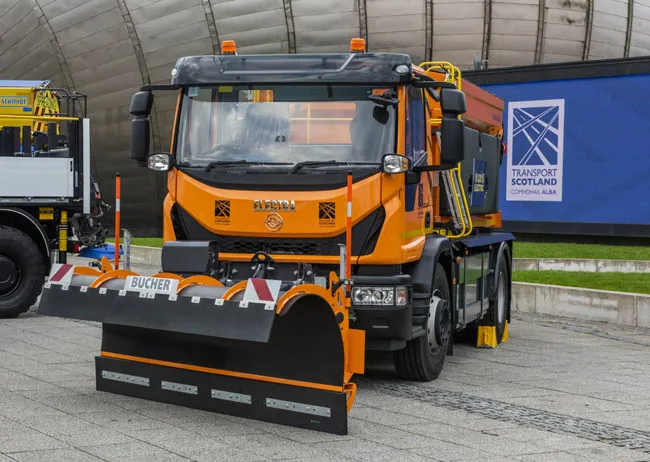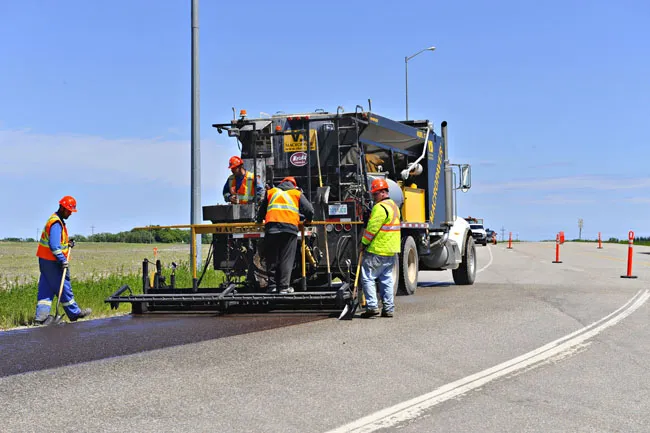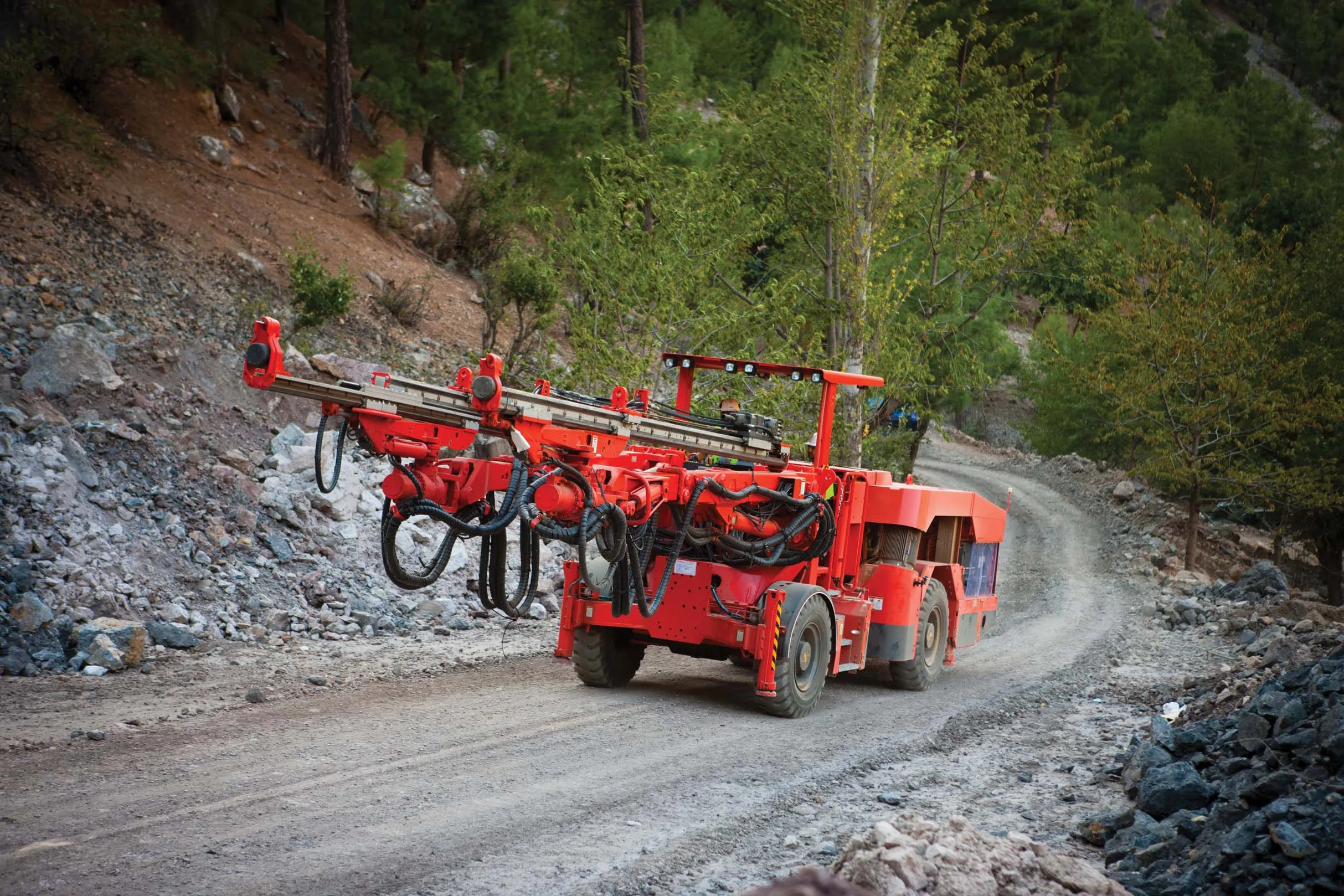
Transport for Scotland will be trialling an all-electric gritter unit from Swiss company Bucher Municipal along the Forth Bridges this winter.
The
Lithium technology also allows battery partial charge during the salt refilling operation, even if the battery is not flat.
The carrier vehicle needs no modification because the Phoenix Electra is not run off the truck’s power. It is a real plug-and-play that can be mounted on each truck having adequate load capacity, savings all costs related to the truck installation and equipment.
Transport for Scotland said it has 213 gritters at over 40 depots across the country. Specialist route-specific snow plans have been produced, in conjunction with road operators and Police Scotland, for the M8, M74, M77 and M80 motorways, following the significant snow events of recent years.
Salt barns are full and hold almost 550,000 tonnes, which is more salt than was used during the whole of last winter. A gritter tracker software solution will be running again, letting people see live movement of gritters on the trunk road network and a trail with an age range for where gritters have previously passed along trunk routes.
“We can’t prevent the weather, but we can make sure we’re as well prepared as possible,” said Michael Matheson, the Scottish government’s cabinet secretary for transport, infrastructure and connectivity.








